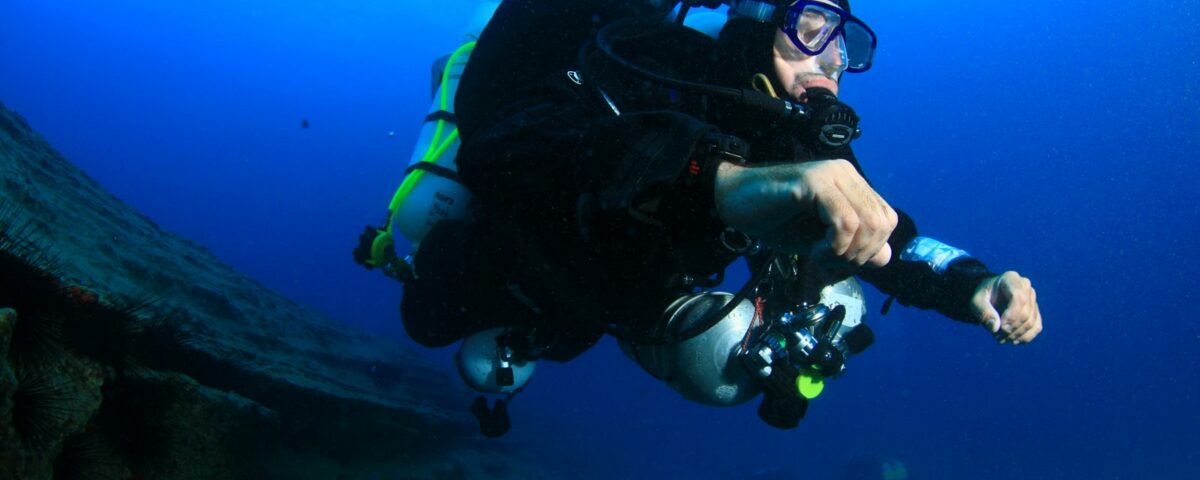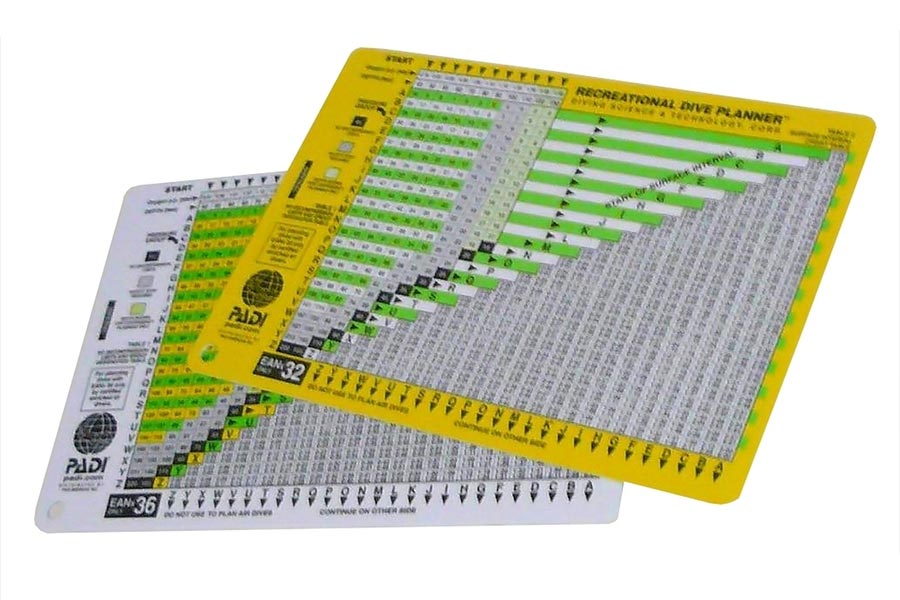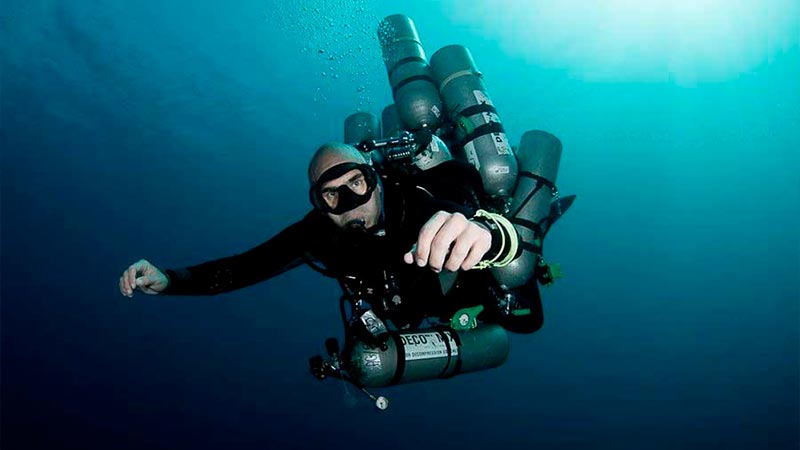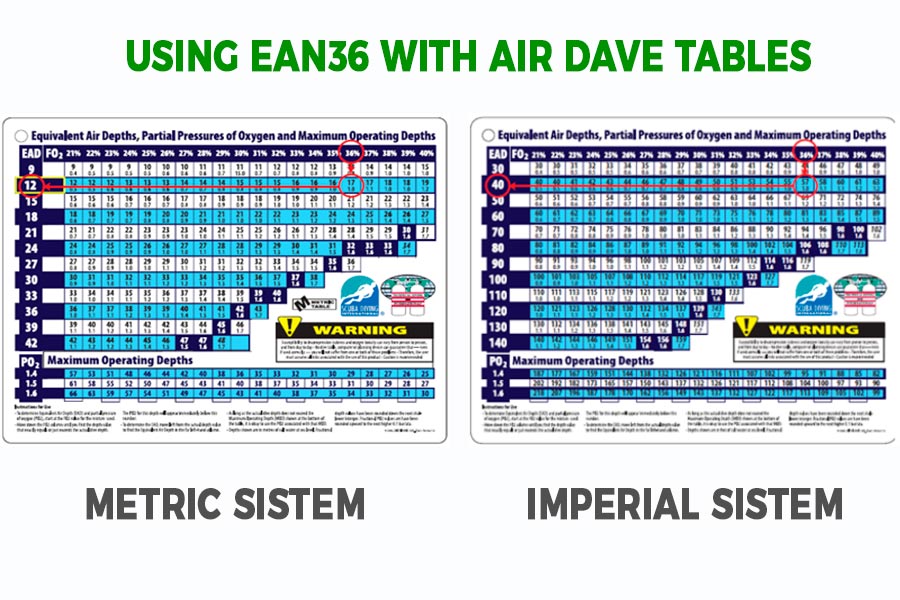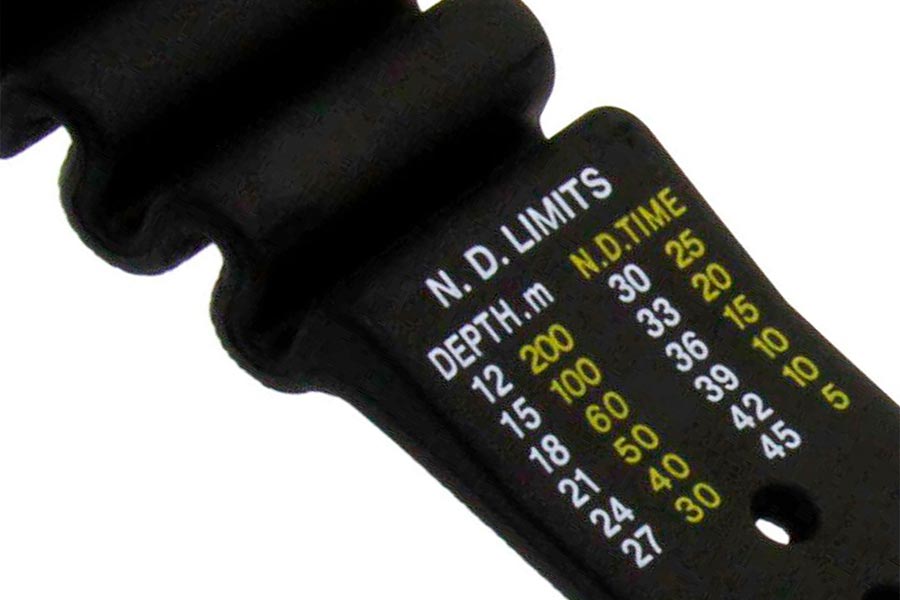With the prevalence of dive computers, are dive tables still in use?
The Buggles’ song declared, ‘Video Killed the Radio Star. Yet, audio content is more popular than ever. The internet is teeming with podcasts and new broadcasters. However, it seems the same can’t be said for dive tables… right?
But does anyone still use them? I wonder. And, as is often the case when I have questions about diving, I turn to Victor Cordoba, our expert.
Victor is a scuba diving encyclopedia with legs, the Director of HR at Dressel Divers, a Course Director, Sidemount Instructor Trainer, Technical Consultant for AUP Europe and TECNOMAR, and many more things I won’t list here, because it would take as long as it did for Victor to complete his more than 15,000 dives.
Against all odds, his answer is: Yes, they are still used. — And he continues, ‘Although more sophisticated versions are currently used since the use of traditional tables has significantly decreased with the advent of computers. In the field of technical diving, computer programs based on them are now employed, but they allow for customizing diving parameters, in other words, generating a specific table for each dive. Depth and time are taken into account, as well as safety factors or conservatism. Therefore, they are a valuable tool for planning dives with decompression stops.
Using the dive computer’s plan mode for this is much more cumbersome. In addition, technical divers typically print these customized tables to discuss them among the dive team.
They are also used in commercial diving to predict work times and reduce risks. Basically, they provide support for planning, although later, in the water, divers rely on our computers. After all, they perform real-time calculations and are more accurate. However, you are already prepared for what they are going to tell you because you have used dive tables before‘
Oh, really!? BOOM! My mind is blown, and I come to the realization that there are many people, like me, who think of them as relics, and many others, especially new divers, who don’t even know why or how dive tables are used. And that’s the story of how this article came to be.
In this, we’re going to cover:




